The snow has finally started to melt here in Quebec and I can hardly contain my anticipation of exploring the garden of the new house we moved into in November and barely had time to explore before the snow caught up with us. By rewilding our backyard, I hope to help my children develop the same curiosity, awe and appreciation for nature that my parents instilled in me with our messy little garden in Brazil.
I remember how huge every space felt when I was my boys’ age – with the trees, shrubs, and hidden nooks and crannies, our backyard would have felt like an enchanted forest to me as a five-year-old. I want them to fall in love with the magic of nature and learn the importance of respecting and appreciating the world around us, and I hope that our moments spent barefoot and with dirty hands in the garden will be among their fondest childhood memories.
How I’ll rewild our garden in 2023
The front and back yards of our new home are typical of suburban homes: Most of it’s covered with lawn, and according to the landlord, there are some “rare trees and shrubs.” I couldn’t identify all the plants before they lost their leaves and/or were covered with snow, but I know one of the trees is a young ginkgo biloba, and given the few birds I’ve seen here, I’ve a feeling the other trees and shrubs aren’t native either – which may look nice, but isn’t good for nature or biodiversity.
I couldn’t care less about manicured, sterile gardens – I want colourful birds, bugs and frogs, to fall asleep to the chirping of crickets, and to feel like my space is home to a healthy ecosystem. That’s why I’m going to spruce up this garden so that it can thrive and buzz with all sorts of helpful, friendly critters.
Here’s what I’m going to do to, in the words of Douglas Tallamy, rewild our garden into a little “Homegrown National Park:”
1. Once the snow is gone, I’ll gradually replace most of the lawn with clover, an environmentally friendly alternative that looks just as good as grass but requires less water and maintenance, allows for greater biodiversity, and even adds nitrogen to the soil, increasing fertility.

2. Around the edges, I’ll plant native berries so wildlife (including my boys) can eat lots of fruit. This will also give us more privacy since we have neighbours on both sides.
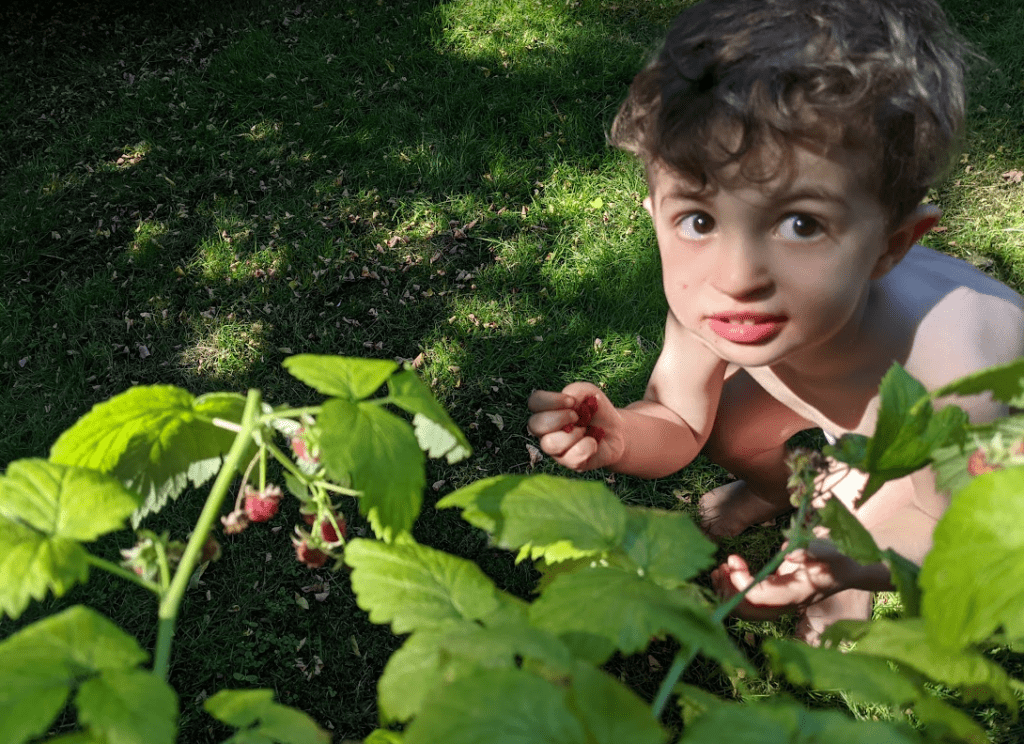
3. Along with the berries, I’ll plant wildflowers around the edges to invite pollinators to the party. Some of the species I plan to use are black-eyed Susan, coneflower, New England aster, evening primrose, and Indian blanket.
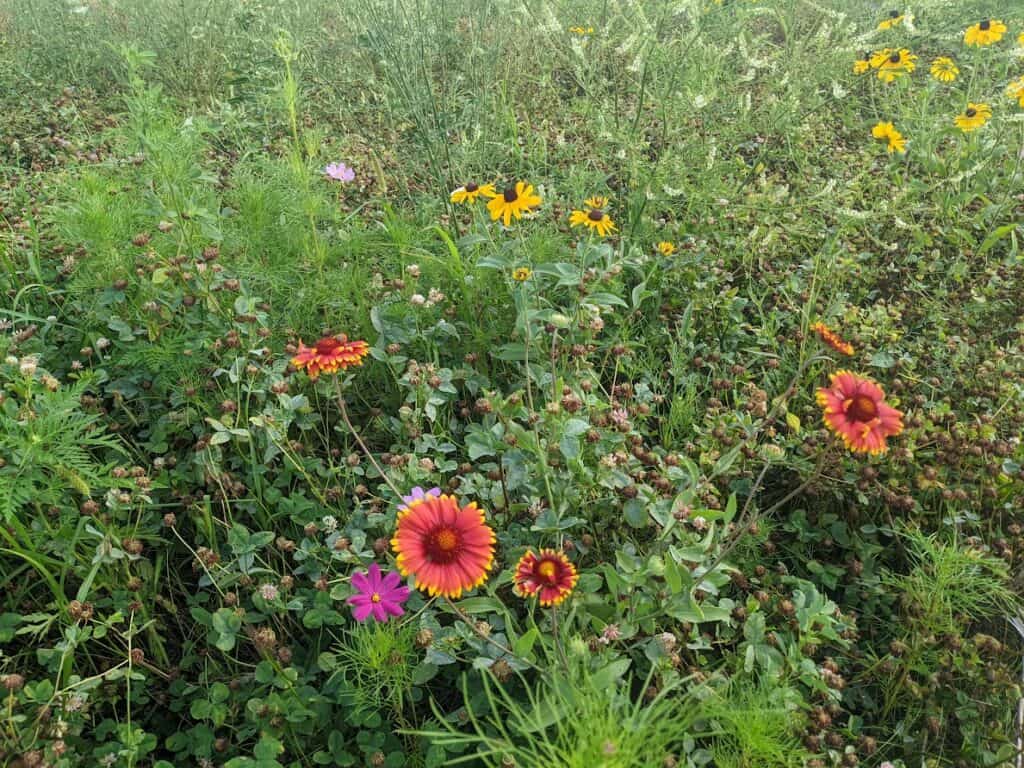
4. Plant a sumac tree and a serviceberry tree, aka “the birds’ tree,” which has pretty flowers in the spring, sweet berries, and beautiful leaves in the fall. And sumac isn’t only bird food all year round and beautiful in the fall, but can also be used in the kitchen.
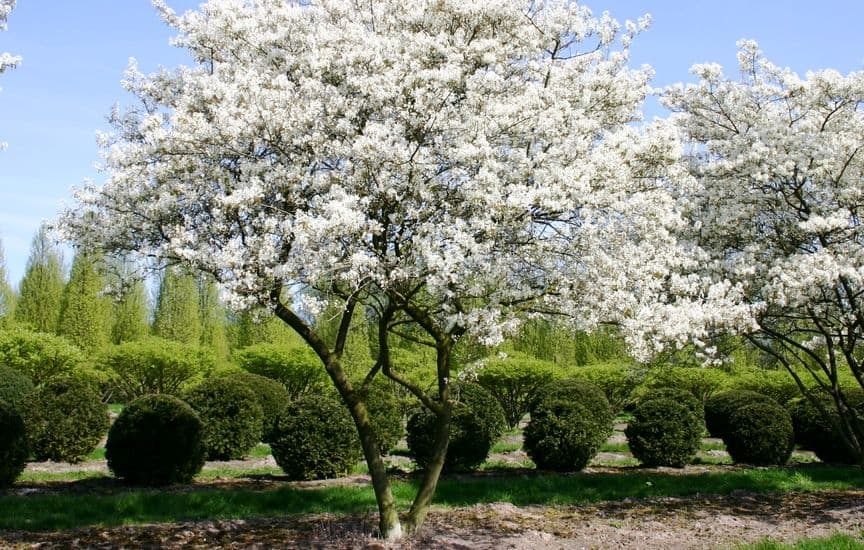
5. In our small front yard, I’ll replace the grass with wildflowers and plant a raspberry bush near the young horse chestnut – which isn’t native, but which I love – as a free spring and summer snack for passersby.

6. There is a part of the garden where water backs up when it rains, so I want to create a small rain garden in that area so the soil can absorb the water more slowly.

7. There are two downspouts on the side of the house. I’ll connect a rain collector to one of them and create a mini wetland around the other, as shown in the video below.
(If I owned the house, I’d create a real small pond, but this should be enough to attract some nice bugs and hopefully frogs)
8. In addition to the plants, I’ll also hang bird feeders and birdbaths, and build an insect hotel in a shady area at the edge of the garden to attract wildlife.
These measures should be enough to bring the garden back to life and have a darn good time in the process. I’ll post updates and photos here as work progresses – and the snow is finally gone!
Interested in rewilding your garden? Here are some cool resources for learning and inspiration:
- Nature’s Best Hope: A New Approach to Conservation That Starts in Your Yard, book by Douglas W. Tallamy
- Gaia’s Garden: A Guide to Home-Scale Permaculture, book by Toby Hemenway
- The Serviceberry: An Economy of Abundance, inspiring essay by Robin Wall Kimmerer
- The Rambunctious Garden: Saving Nature in a Post-Wild World, book by Emma Marris
- The WWT YouTube channel for easy DIY waterworks ideas
- All the garden articles by Treehugger – I love this site!
- The home and garden tips from the Toronto & Region Conservation Authority
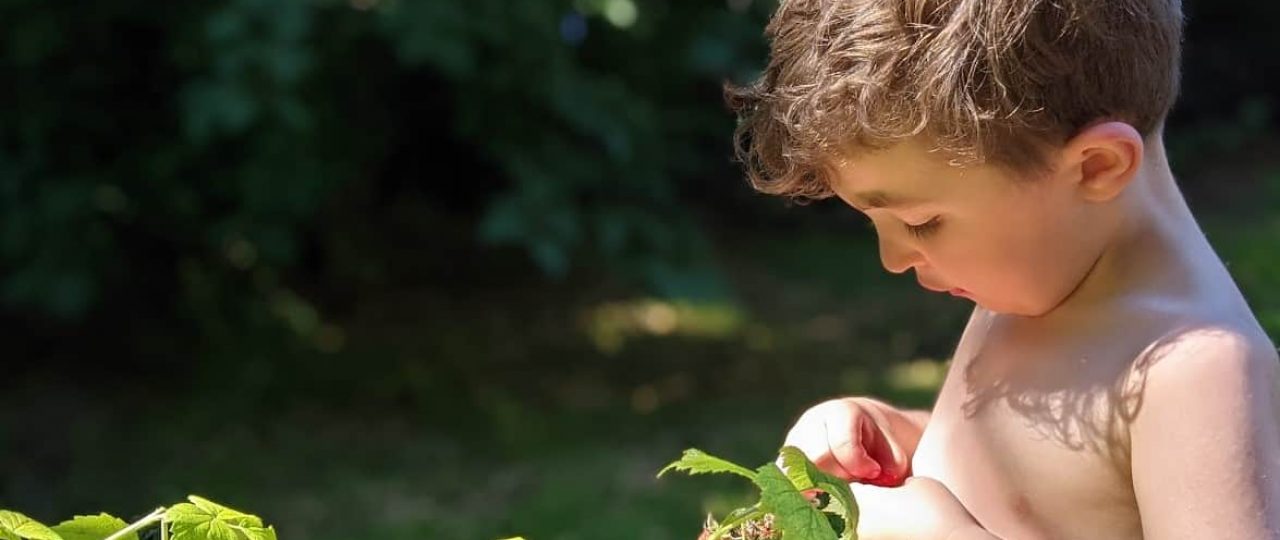
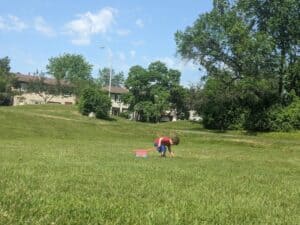



1 thought on “Rewilding the garden: My plan for spring 2023”
[…] older my kids get, the more I involve them in gardening and growing food: tending the soil, sowing the seeds, watering the plants, harvesting the fruit, saving the seeds […]